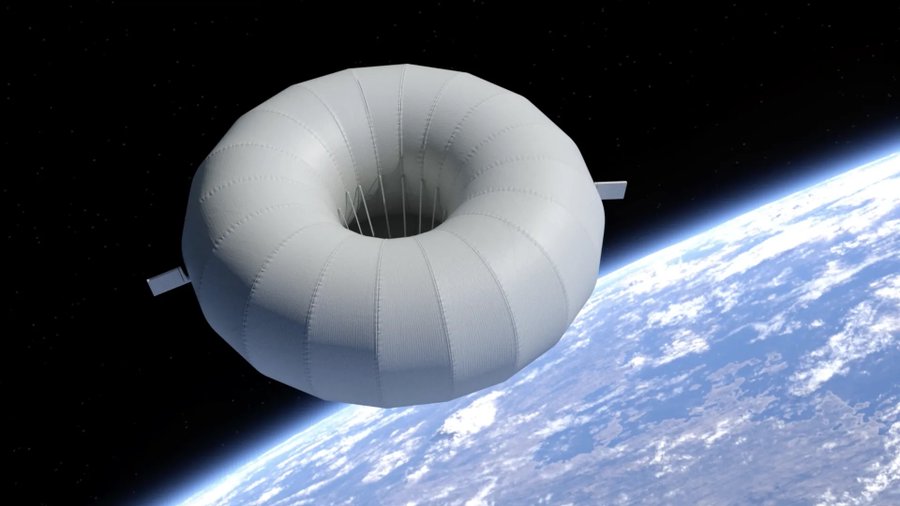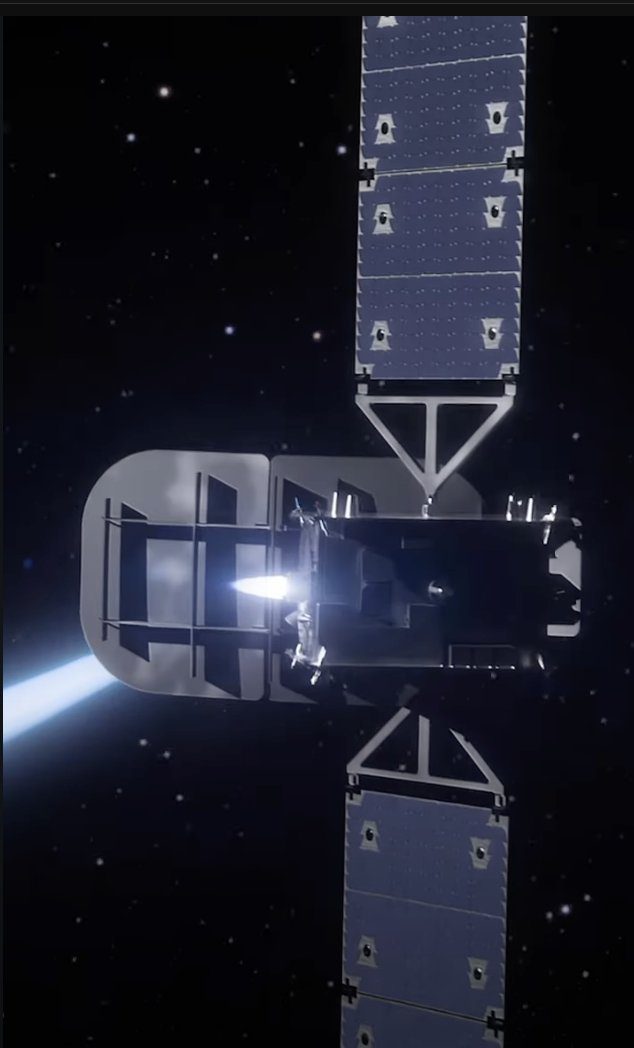The meteorological satellite DMSP 19 was launched successfully by an Atlas V 401 launch vehicle which lifted off from the Vandenberg launch site in California, USA, at 1446 GMT on 3 April 2014. However since the launch, it has been revealed that the spacecraft’s single solar array, which is the craft’s main power source, has not been deployed correctly due to a fault with the boom angle. Engineers are working to deploy the single array fully and correct the reported thirty degree shortfall on the boom angle which does affect the angle at which the array cells are illuminated and hence their power generating ability.
While there is enough power being generated for testing, the fault, if not corrected, could have implications for parts of the mission or its lifespan. However, this has officially been played down by the US Air force which notes that the spacecraft should be able to operate satisfactorily for its minimum design life of five years.
The $518 million DMSP 19 mission which is part of the 5D-3 series of DMSP spacecraft is planned to operate in a near-polar Sun-Synchronous low Earth orbit. While technically a military satellite, the Lockheed Martin-built spacecraft is operated on behalf of the US Department of Defence by the US National Oceanic and Atmospheric Administration (NOAA). The spacecraft was reported to be over 15 years old at the time of its launch, having been constructed but not yet needed in orbit. Having been in long term storage, the spacecraft was cleaned and re-lubricated before launch and had some systems upgraded including having two new star trackers and a digital gyroscope fitted. The spacecraft was not insured.







